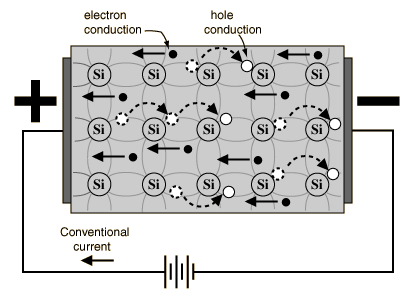nandinichakrab
Newbie level 5

hole is a theoritical concept given by the scientists which has no actual existance. so how do we account for the hole current? can something which has no actual existance produce current?









